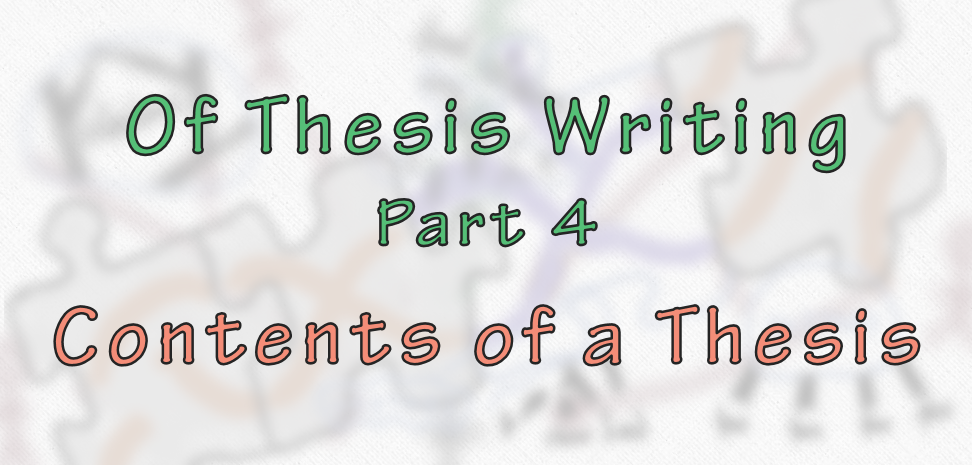At this point we already have a quite solid picture on what the thesis should be: a narrative, which serves as a map from some fixed starting location to an aimed goal. However, there are a number of key aspects on how to write such a map. In this chapter it is perhaps more clear if you view your thesis as a construction block in a larger structure or as a puzzle piece in an infinite picture.
Style
When you play the academian exploration game, the way you present your discoveries should fit into a certain general style. The main reason for this is to avoid ambiguity and allow you to present your map in as strong of a fashion as it can be. If you think about your thesis as a puzzle piece, then its style should fit with the general picture the others to see. What you actually draw is based on your own discoveries, but how you draw it is determined on how all the other pieces next to it are drawn. That is not to say that the academic style never changes or there is never any variation, because both of those occur and rightly so. Just that the more clear and reasonable you are in your writing style, the more your actual results shine out. Otherwise the reader of your map will get lost by just reading it.

References
The aim of references is to support your thesis. Think again about your thesis as a map. When you say that there is a mountain to the left, then it is good to reference that other explorers have also noted the same mountain on neighboring roads. You can also consider references as support beams external to your structure. They hold up the very basis of your work. When your work barely manages to stay on top of them, then the references might be too weak. This creates a high risk that if even one of those references happen to be faulty, your entire structure collapses. So it is important to have strong references and the more you can have them, the better.

Claims
Most of the value of your thesis comes from the claims you make. These are the new discoveries you have found in your journey and described in your map. They constitute the internal structure of your thesis. Similarly as with references, the stronger you can make them, the stronger your thesis is. If you have weak claims, that means that it is easy to contradict them and if enough of the claims turn out to be wrong, your entire thesis can implode. So be sure to use the best tools you have to test and show the validity of your claims.
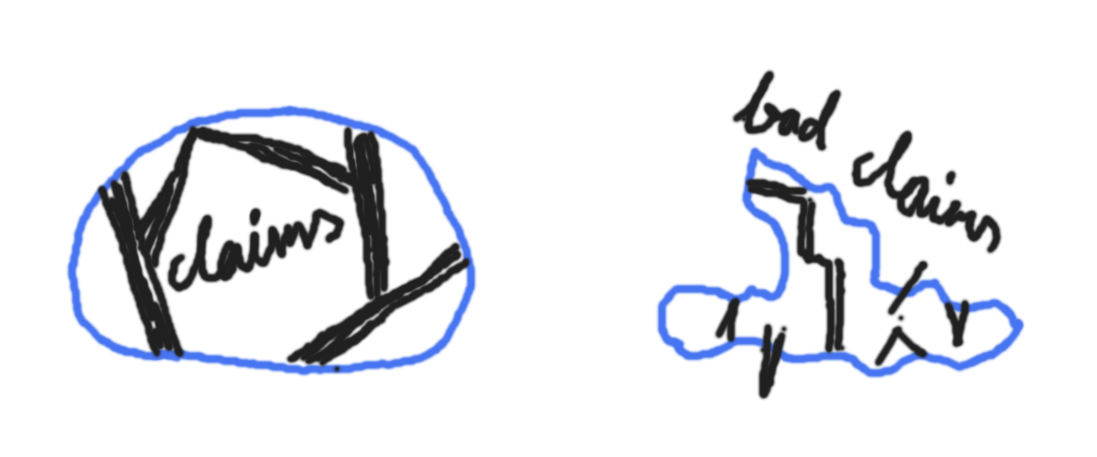
Focus Goals
Different thesis types have different main goals for you to convey. Below is a table of the focus objects and main questions that should be addressed depending on the thesis type:
| Type | Focus (A) | Questions | |
|---|---|---|---|
| All Types | Your thesis. |
|
|
|
Research
|
 Independent Study |
Desired theoretical solution. An algorithm. |
|
|
Review
|
 Review |
A priori result. Algorithm in article / software. |
|
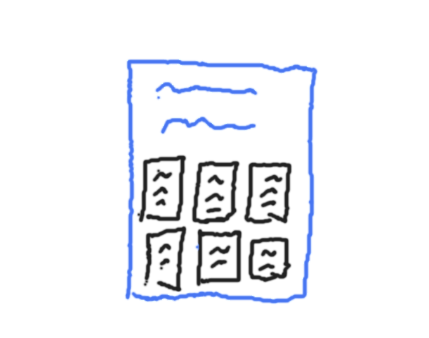 Survey |
Questions of the sample. Which is faster? |
|
|
|
Build
|
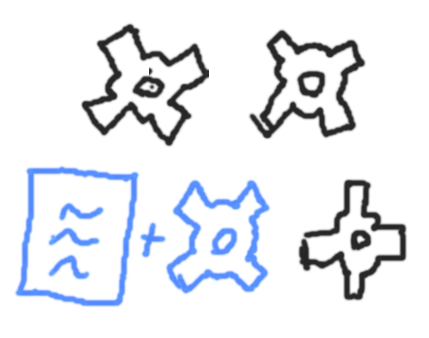 Author’s Software |
Created software. Computer game. |
|
|
Experiment
|
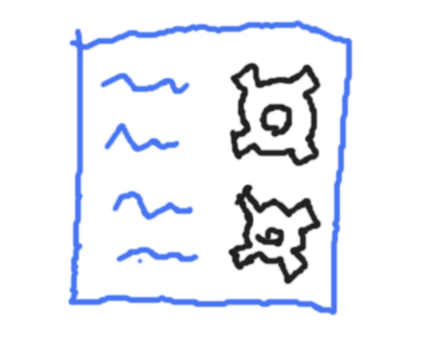 Hardware / Software Experiments |
Proposed goal. Automatic plant watering. |
|
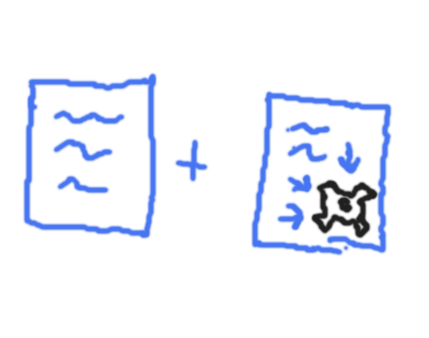 User Manual |
New soft, tech, lib. RTX |
|
|
|
Teach
|
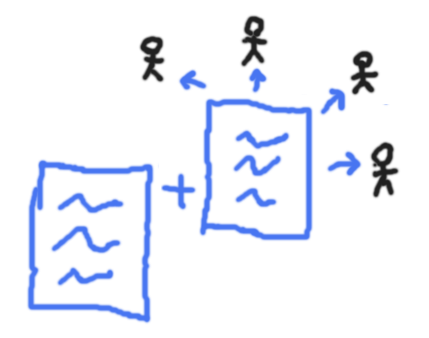 Learning Materials |
Field of computer science. Computer graphics |
|
The answers to those questions usually include claims that need to be supported by references, data or proofs. Every question may have entire chapters of your thesis dedicated to answering them.
Chapters
The written thesis consists of chapters. Each chapter has some focus point or idea it conveys. It answers some specific set of expected questions. They will be more detailed versions of the focus goal questions described before. As they depend on the chosen topic, the actual chapters the thesis includes will vary. Meaning that not all theses need to answer all the questions. But the thesis does have to form a logical structure and at least address the most logical questions on the topic. Here is a list of some common chapters for the Software type thesis and which may vary by type and actual thesis.
- Introduction – What is the topic and why is it important?
- Background – Where does the world stand? What has been found out before and where are you starting from?
- Design, Implementation – How did you explore your path? What were your principles of exploration?
- Testing – Is your path valid? How did you ensure that it works on other people or situations?
- Discussion – What are the potential shortcomings of your path? What do you think about it?
- Future Development – What are the potential avenues of improvement?
- Conclusion – Recap of the result and your final remarks on the work as a whole.
Note that apart from the Introduction and Conclusion the chapter titles may be different. They may be specific to your thesis. Some of them might be grouped together as well under some other common title.
Next we will take a look at defending your thesis and what happens after that in the last chapter of this series: The Defense and Future.

